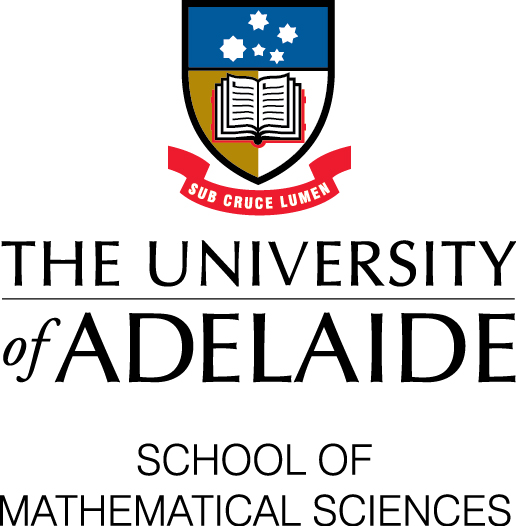
| School of Mathematical Sciences Colloquium Series |  |
Mathematical modelling in nanotechnology
by
Professor Jim Hill
Location: Innova21, conference room 7.15
Date: Friday, 04 March
Time: 15:10
Abstract: In this talk we present an overview of the mathematical modelling contributions of the Nanomechanics Groups at the Universities of Adelaide and Wollongong. Fullerenes and carbon nanotubes have unique properties, such as low weight, high strength, flexibility, high thermal conductivity and chemical stability, and they have many potential applications in nano-devices. In this talk we first present some new results on the geometric structure of carbon nanotubes and on related nanostructures. One concept that has attracted much attention is the creation of nano-oscillators, to produce frequencies in the gigahertz range, for applications such as ultra-fast optical filters and nano-antennae. The sliding of an inner shell inside an outer shell of a multi-walled carbon nanotube can generate oscillatory frequencies up to several gigahertz, and the shorter the inner tube the higher the frequency. A C60-nanotube oscillator generates high frequencies by oscillating a C60 fullerene inside a single-walled carbon nanotube. Here we discuss the underlying mechanisms of nano-oscillators and using the Lennard-Jones potential together with the continuum approach, to mathematically model the C60-nanotube nano-oscillator. Finally, three illustrative examples of recent modelling in hydrogen storage, nanomedicine and nanocomputing are discussed.
The Colloquium will be followed by a reception for our speaker in
the Staff Tea Room with wine and nibbles to which all are invited.
Slides of his talk,
and movies 1, 2, 3